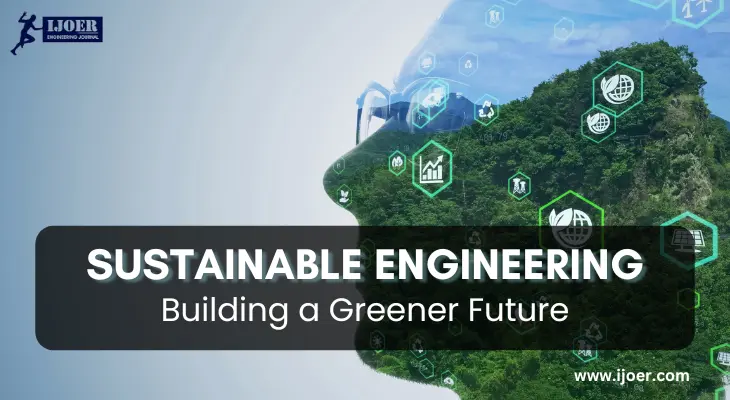
Sustainable engineering is the key to building a future where technology and nature coexist harmoniously. Engineers worldwide are developing innovative solutions to reduce environmental impact while improving efficiency and functionality. From renewable energy to eco-friendly materials, sustainable engineering is shaping industries and everyday life. In this blog, we explore its importance, latest innovations, and how engineers can contribute to a greener planet.
Sustainability in engineering is about creating long-term solutions that minimize harm to the environment. The world faces major challenges such as climate change, resource depletion, and pollution. Sustainable engineering addresses these problems by:
One great example is the development of green buildings, which use energy-efficient designs and recycled materials to lower environmental impact.
Several groundbreaking innovations are driving sustainability in engineering. Here are some of the most impactful:
Tesla’s Gigafactory is designed to operate on 100% renewable energy, setting new standards for sustainable manufacturing.
This innovative residential tower has thousands of trees and plants, reducing pollution and improving air quality.
A futuristic sustainable city powered by renewable energy, built to be carbon-neutral.
The future of sustainable engineering looks promising, with continuous advancements in technology and policy support. Key trends include:
The International Journal of Engineering Research (IJOER) is committed to supporting researchers in sustainable engineering by:
Researchers can submit their work to IJOER and contribute to the development of sustainable engineering solutions.
Sustainable engineering is shaping a greener and more innovative future. With advancements in renewable energy, eco-friendly materials, and AI-driven solutions, engineers have the opportunity to solve global environmental challenges. By embracing sustainable practices, industries can build a more efficient, eco-friendly world.
Are you interested in publishing research on sustainable engineering? Submit your work to IJOER and be part of the future of engineering!
Q1: What is sustainable engineering?
Sustainable engineering focuses on designing systems, products, and infrastructure that minimize environmental impact and conserve resources.
Q2: What industries benefit the most from sustainable engineering?
Industries such as construction, transportation, energy, water management, and manufacturing benefit significantly from sustainable engineering.
Q3: How does AI contribute to sustainability in engineering?
AI helps optimize energy consumption, monitor environmental changes, and improve efficiency in industries like agriculture, manufacturing, and urban planning.
Q4: What are the career opportunities in sustainable engineering?
Careers include environmental engineer, renewable energy specialist, green building consultant, and smart city planner.
Q5: How can students and researchers get involved in sustainable engineering?
They can take courses in sustainable engineering, participate in research projects, and publish their findings in journals like IJOER.

|
Citation Indices
|
All
|
Since 2020
|
Citation |
2359 |
1680 |
h-index |
19 |
15 |
i10-index |
57 |
24 |
|
Acceptance Rate (By Year)
|
|
|
Year
|
Percentage
|
|
2023
|
9.64%
|
|
2027
|
17.64%
|
|
2022
|
13.14%
|
|
2021
|
14.26%
|
|
2020
|
11.8%
|
|
2019
|
16.3%
|
|
2018
|
18.65%
|
|
2017
|
15.9%
|
|
2016
|
20.9%
|
|
2015
|
22.5%
|